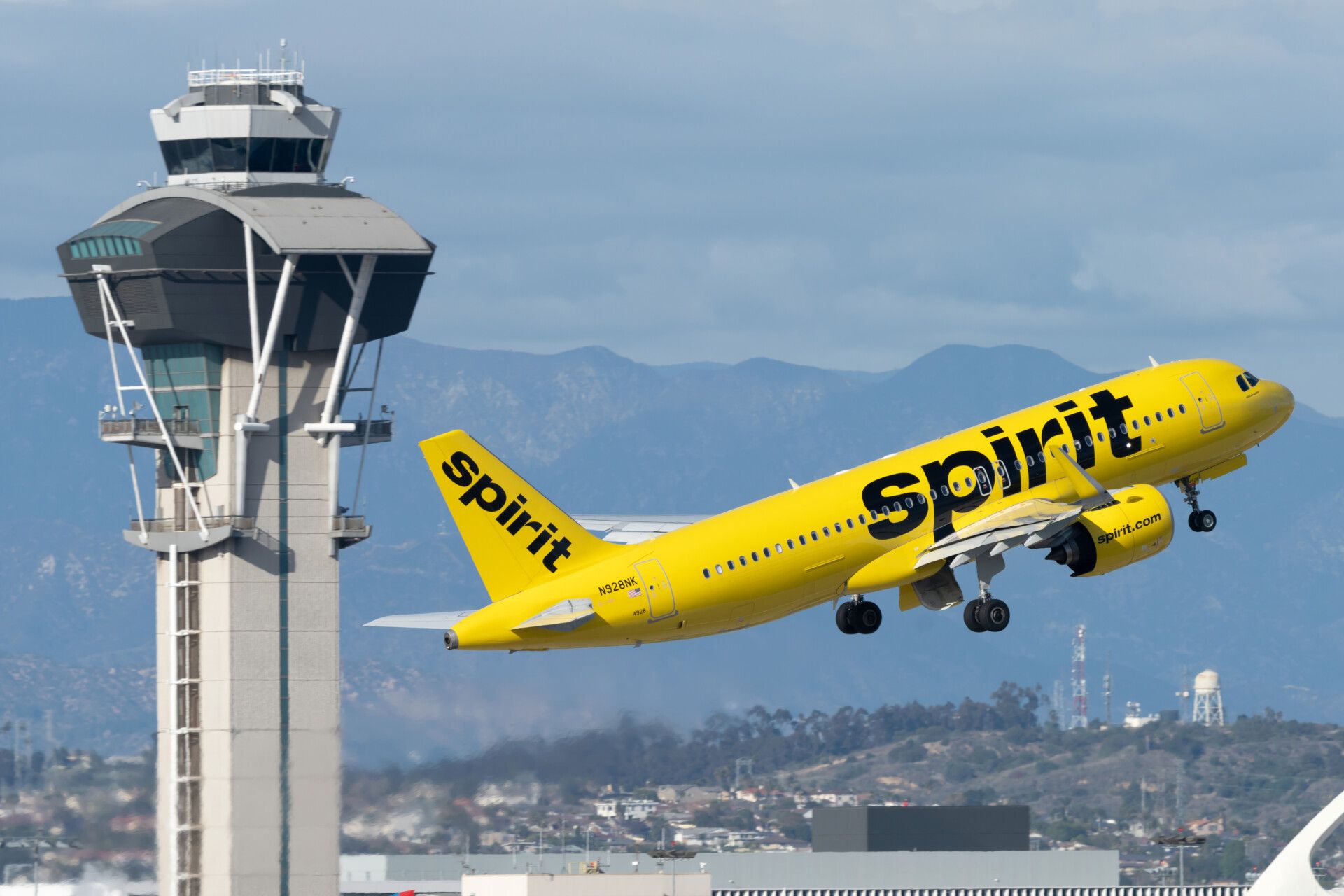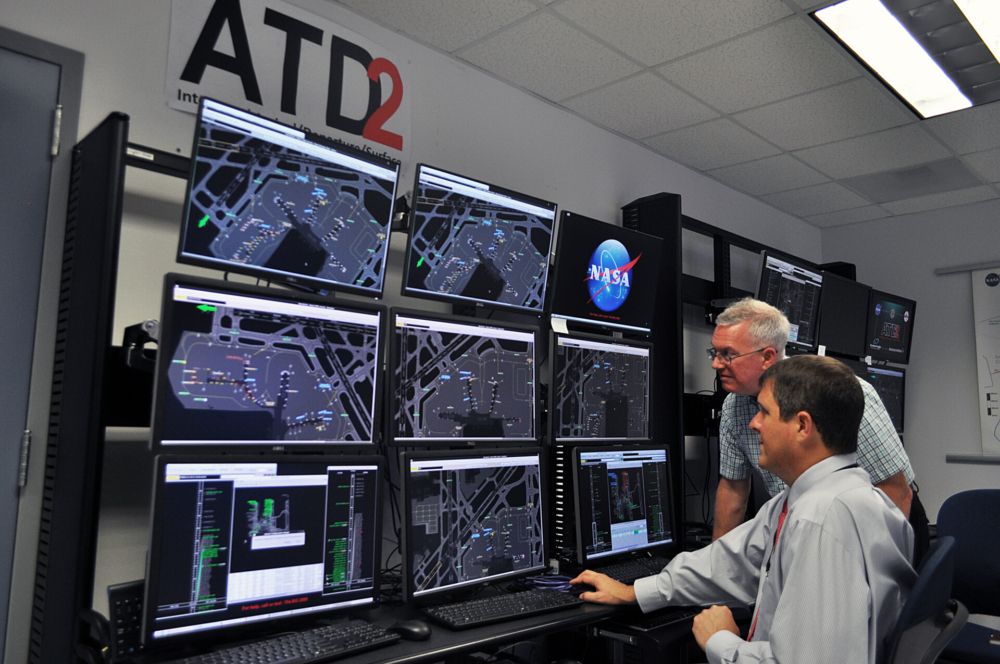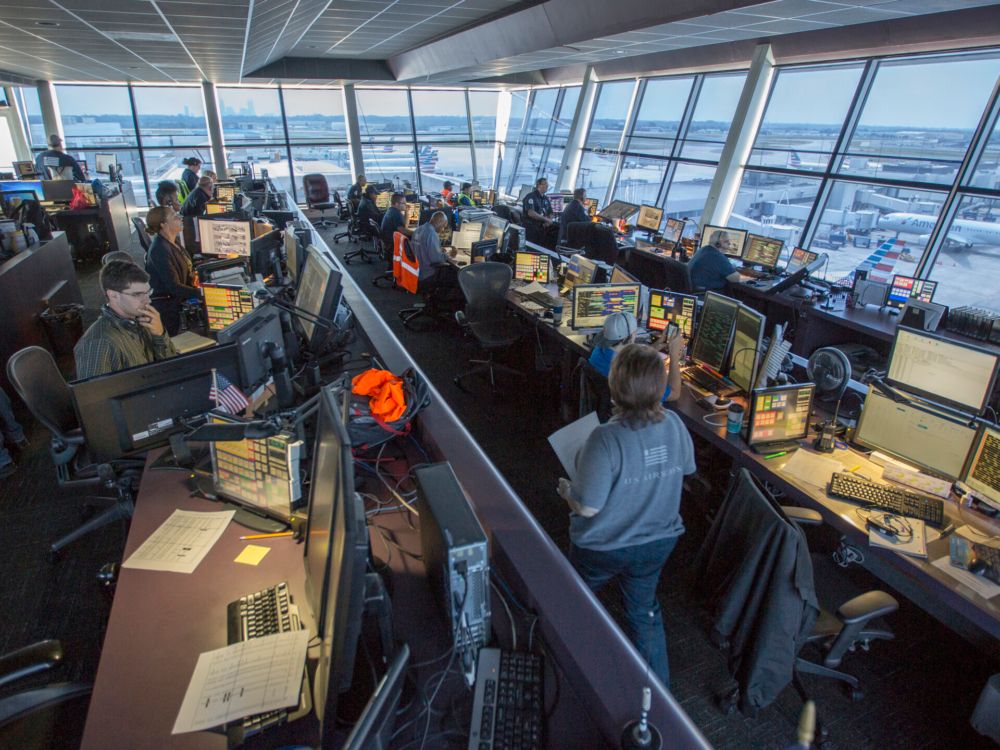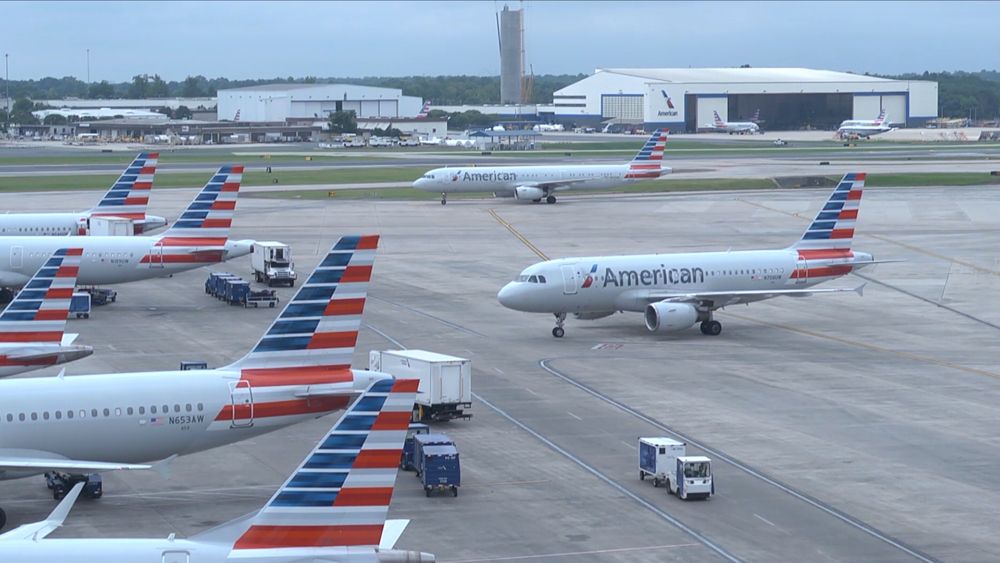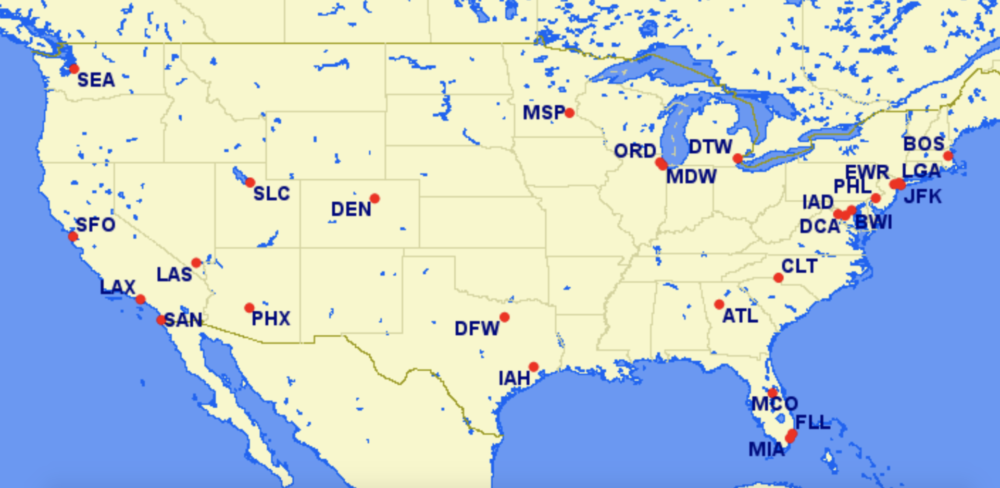The Federal Aviation Administration (FAA) with the National Aeronautics and Space Administration (NASA) has announced that it has completed research and testing on software to reduce taxi delays. The software is designed to optimize airport operations and allow planes to push back from the gate, taxi to the runway, and take off without delay.
The FAA's new software for reducing delays
The FAA and NASA have been studying ways to make aviation more sustainable. One such aspect they have focused on is reducing ground delays when the aircraft's engines are up and running, and the plane is awaiting takeoff clearance. During this time, the aircraft is idling on the ground, which burns fuel.
The FAA has attributed this to unpredictable aircraft movement times over the last few years at major airports. This has led to more inefficient utilization, with airlines looking to build bigger buffers in their schedules. Without optimization, multiple planes departing simultaneously or around the same time have to idle and wait for the runway to become available for departure.
With the new software, the FAA's air traffic organization can work with airlines and airports to determine the best time for a single aircraft to push back from the gate and taxi to the runway. The goal is to get the aircraft to the runway and in the air without a stop.
Once in the air, the software is designed to get aircraft in high-altitude traffic routes en route to their destination. This happens at greater efficiency and with fewer airspace restrictions than current operations, further minimizing departure delays.
Stay informed: Sign up for our daily and weekly aviation news digests.
The FAA's trials have shown success
The software has been under testing for nearly four years by the FAA's NextGen group, airlines' airport operations, FAA radar facilities in Charlotte and Dallas/Fort Worth, and the Atlanta and Washington, D.C., centers handling high-altitude en-route flights.
For example, during testing at Charlotte Douglas International Airport (CLT), the program reduced taxi times that have helped save over 275,000 gallons of fuel annually. This also reduced greenhouse gas emissions by eight tons of carbon dioxide daily. The good news for passengers is that it reduced delays by 916 hours, equivalent to shaving 15 minutes of waiting time on a taxiway for more than 3,600 departing flights.
A national rollout
In total, the FAA expects to roll out this software at 27 large hub airports in the United States. These are:
- Hartsfield-Jackson Atlanta International Airport (ATL)
- Baltimore/Washington International Thurgood Marshall Airport (BWI)
- Boston Logan International Airport (BOS)
- Charlotte (CLT)
- Chicago Midway International Airport (MDW)
- Chicago O'Hare International Airport (ORD)
- Dallas/Fort Worth International Airport (DFW)
- Denver International Airport (DEN)
- Detroit Metropolitan Wayne County Airport (DTW)
- Fort Lauderdale-Hollywood International Airport (FLL)
- Houston's George Bush Intercontinental Airport (IAH)
- Las Vegas McCarran International Airport (LAS)
- Los Angeles International Airport (LAX)
- Miami International Airport (MIA)
- Minneapolis/St. Paul International Airport (MSP)
- Newark Liberty International Airport (EWR)
- New York's John F. Kennedy International Airport (JFK)
- New York's LaGuardia Airport (LGA)
- Orlando International Airport (MCO)
- Philadelphia International Airport (PHL)
- Phoenix Sky Harbor International Airport (PHX)
- Salt Lake City International Airport (SLC)
- San Diego International Airport (SAN)
- San Francisco International Airport (SFO)
- Seattle-Tacoma International Airport (SEA)
- Washington D.C.'s Dulles International Airport (IAD)
- Ronald Reagan Washington National Airport (DCA)
The above airports are some of the busiest airports in the United States. Taxi times at airports like Chicago O'Hare or New York-JFK can be incredibly long at rush hour, unnecessarily burning fuel.
The FAA has rolled this out as part of an initiative to be more environmentally friendly. At the same time, this has benefits for passengers, who will benefit from reduced delays and shorter taxi times. For airlines, the benefit means more clarity on the schedule, which could reduce the amount of padding airlines have to add to schedules, which could bump up aircraft utilization. Meanwhile, airports can benefit from utilizing their gates more efficiently, allowing for increased competition.

